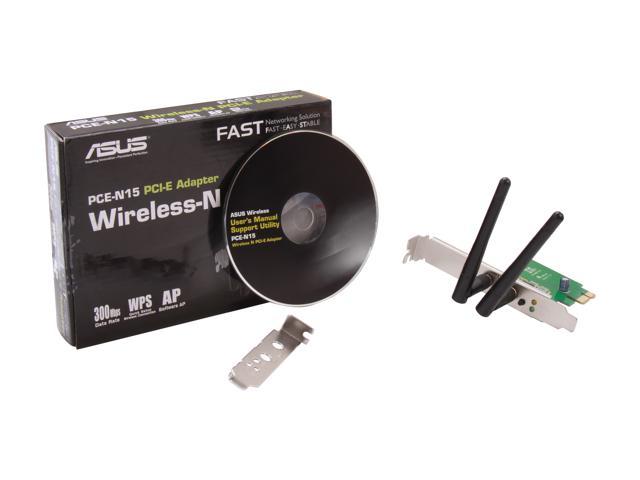
Realize that if you're on channel 11 but in auto 20/40MHz-wide mode, you're actually on both channels 11 and 7, which means you're overlapping with channels 3-13. Maybe the country you're in was one of the countries 802.11d was created to support.

If you don't have a good reason for 802.11d to be disabled, enable it.It allows 802.11n devices to get a small speed boost sometimes, and there's no real downside to it unless you have really crappy 802.11n devices that don't know when not to use Short GI. If you don't have a good reason for Short GI to be disabled, enable it.Setting it back to "b/g/n" mode is one way to know that it should be allowing clients to fall back to those rates when necessary. Depending on how your router handles the "g/n" mode it's in right now, it might not allow your clients to do that. You want your clients to be able to fall back to B rates in situations where G and N rates don't work. If you don't have a good reason why you're disallowing B (as in mixed b/g/n) mode on the AP, consider adding B back in.I've seen lots of buggy Wi-Fi gear that can't handle mixed TKIP+AES mode correctly. There were very few devices that supported TKIP but not AES, and they're all a decade old now. If you don't have a good reason for TKIP to be enabled, disable it.Some of your settings look questionable, but I'm not sure any of these things would cause your problem: Wifi channel is 11 and it's not overlapping with other networks.
#Asus n15 11n Pc#
Signal quality on the PC is very good, and my Nexus 7 & HTC Desire work very well on the Wifi.

It takes quite a lot of time for Windows to connect to the Wifi, and after connecting it takes about 15 seconds until the exclamation mark is cleared. I have tested with two different ePCI NICs, one no name and at the moment Asus PCE-N15 11n. Wifi works quite unreliably on my PC with Windows 7.


 0 kommentar(er)
0 kommentar(er)
